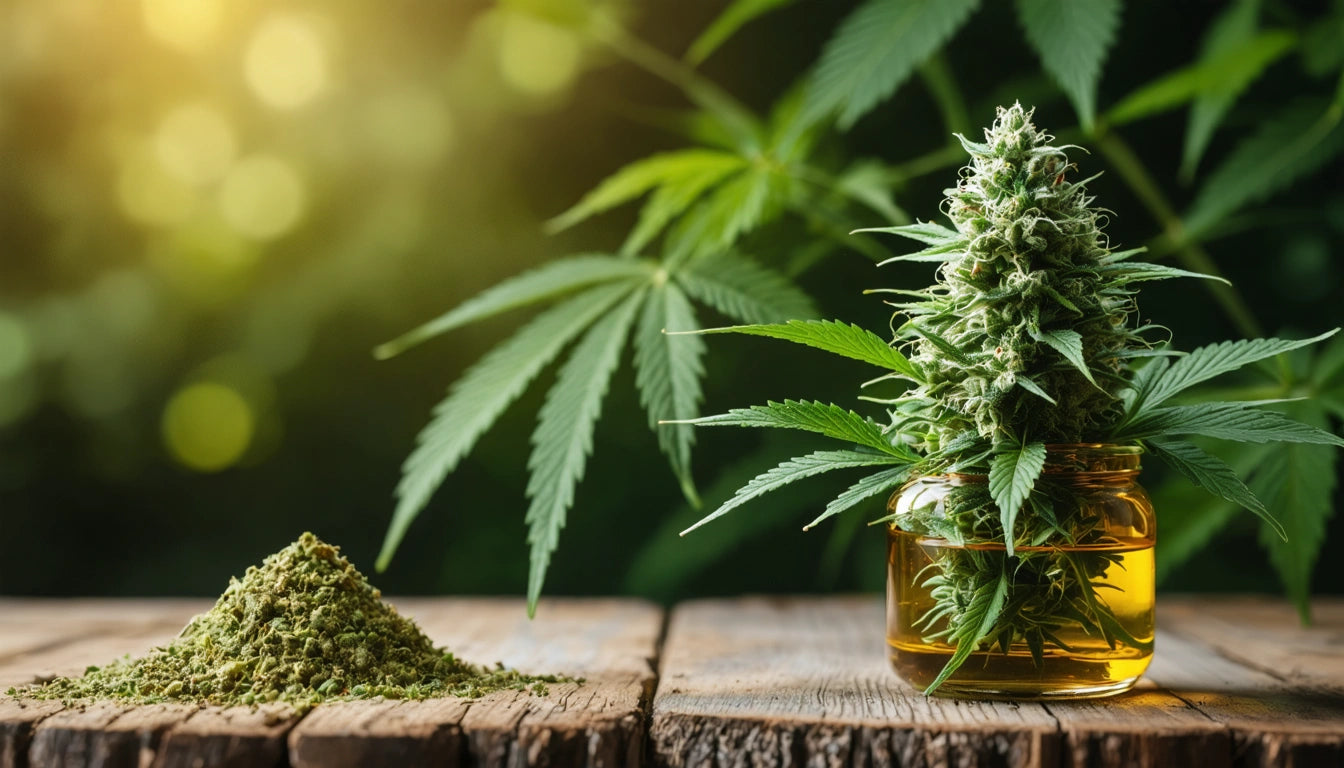Table of Contents
- Origins and Genetics of Green Crack
- Is Green Crack an Indica or Sativa?
- Effects and Potency Profile
- Medical Applications and Benefits
- The Name Controversy and Market Perception
- Legal Status and Classification Challenges
- Cultivation Considerations for Green Crack
- The Future of Green Crack in Cannabis Culture
Understanding the Green Crack Strain: Origins, Effects, and Legal Status
Green Crack has emerged as one of the most recognizable and sought-after cannabis strains in the market today. Despite its controversial name, this energizing strain continues to attract both recreational users and medical patients seeking a powerful daytime option. This guide explores what strain is Green Crack, its distinctive characteristics, and why it remains popular despite ongoing debates about its classification and nomenclature.
Origins and Genetics of Green Crack
Green Crack's exact genetic lineage remains somewhat disputed among cannabis historians. Most accounts trace its origins to the 1970s when it was reportedly bred from Skunk #1 genetics. The strain gained significant popularity in the 1990s when, according to cannabis lore, it received its current name from rapper Snoop Dogg, who was impressed by its potent, energetic effects.
The strain's genetic makeup typically includes:
- Skunk #1 as the primary parent strain
- Possible Afghani landrace influence
- Estimated 75% sativa and 25% indica genetics
This genetic composition contributes to Green Crack's characteristic energizing effects while maintaining some of the physical relaxation associated with indica varieties.
Is Green Crack an Indica or Sativa?
Green Crack is predominantly classified as a sativa-dominant hybrid, though it's often marketed simply as a sativa due to its energizing effects. Understanding whether Green Crack is an indica or sativa helps consumers anticipate its effects and choose appropriate consumption times.
The strain exemplifies the ongoing discussion about indica versus sativa classifications in modern cannabis. While these traditional categories are increasingly viewed as oversimplified by scientists, they remain useful shorthand for consumers predicting effects.
Effects and Potency Profile
What makes Green Crack stand out among the vast landscape of cannabis strains is its distinctive effect profile:
Primary Effects
- Sharp mental focus and clarity
- Energetic, uplifting sensation
- Enhanced creativity and productivity
- Minimal physical sedation
With THC levels typically ranging from 15% to 25%, Green Crack delivers potent effects without overwhelming most experienced users. The strain contains minimal CBD, usually less than 0.2%, contributing to its cerebral rather than body-focused experience.
For optimal enjoyment, many enthusiasts use specialized equipment like quality herb grinders to properly prepare this strain, ensuring even combustion and full flavor release from its dense, resinous buds.
Medical Applications and Benefits
Beyond recreational use, Green Crack has gained recognition for several potential therapeutic applications:
- Fatigue management and energy enhancement
- Focus improvement for ADHD symptoms
- Mood elevation for depression and stress
- Appetite stimulation
However, medical users should note that its high-energy profile may exacerbate anxiety in sensitive individuals. The strain's minimal CBD content also means it offers limited anti-inflammatory or pain-relieving properties compared to more balanced varieties.
The Name Controversy and Market Perception
The "Green Crack" moniker has generated significant controversy within the cannabis industry. Many dispensaries and producers have rebranded it as "Green Cush" or simply "Cush" to avoid the negative connotations associated with crack cocaine.
This naming debate highlights broader questions about cannabis marketing ethics and the industry's ongoing efforts to destigmatize cannabis use. Some producers maintain that authenticity to the strain's historical identity outweighs potential negative perceptions, while others prioritize more approachable branding.
Legal Status and Classification Challenges
Like all cannabis varieties, Green Crack's legal status varies dramatically by jurisdiction. The question of "what is Green Crack's legal status" depends entirely on local cannabis laws. In the United States, federal law still classifies all cannabis (regardless of strain) as a Schedule I controlled substance, though state laws vary widely.
The strain faces particular scrutiny in some jurisdictions specifically because of its name, which some regulators view as promoting harder drugs. This has led to situations where the strain may be legal under a jurisdiction's cannabis laws but faces marketing restrictions under the Green Crack name.
Cultivation Considerations for Green Crack
For cultivators, Green Crack offers several advantages:
- Relatively short flowering period (7-9 weeks)
- High yield potential
- Good resistance to common molds and pests
- Adaptability to both indoor and outdoor environments
The strain thrives in Mediterranean-like climates when grown outdoors, with harvest typically occurring in October in the Northern Hemisphere. Indoor growers often employ training techniques like SCROG (Screen of Green) to maximize yields from its naturally tall, somewhat stretchy growth pattern.
The Future of Green Crack in Cannabis Culture
Despite naming controversies, Green Crack continues to maintain a strong presence in cannabis markets worldwide. Its enduring popularity speaks to the value consumers place on its distinctive effects profile, which fills a specific niche for daytime functionality that few other strains match as effectively.
As cannabis classification systems evolve beyond simple indica/sativa distinctions toward chemotype-based categorizations, Green Crack may eventually be reclassified based on its specific cannabinoid and terpene profile. However, its core identity as an energizing, focus-enhancing strain will likely ensure its continued relevance in strain selections for specific moods and occasions.
Whether called Green Crack, Green Cush, or something entirely different in the future, this strain's distinctive genetics and effects profile have secured its place in cannabis history.











Leave a comment
All comments are moderated before being published.
This site is protected by hCaptcha and the hCaptcha Privacy Policy and Terms of Service apply.